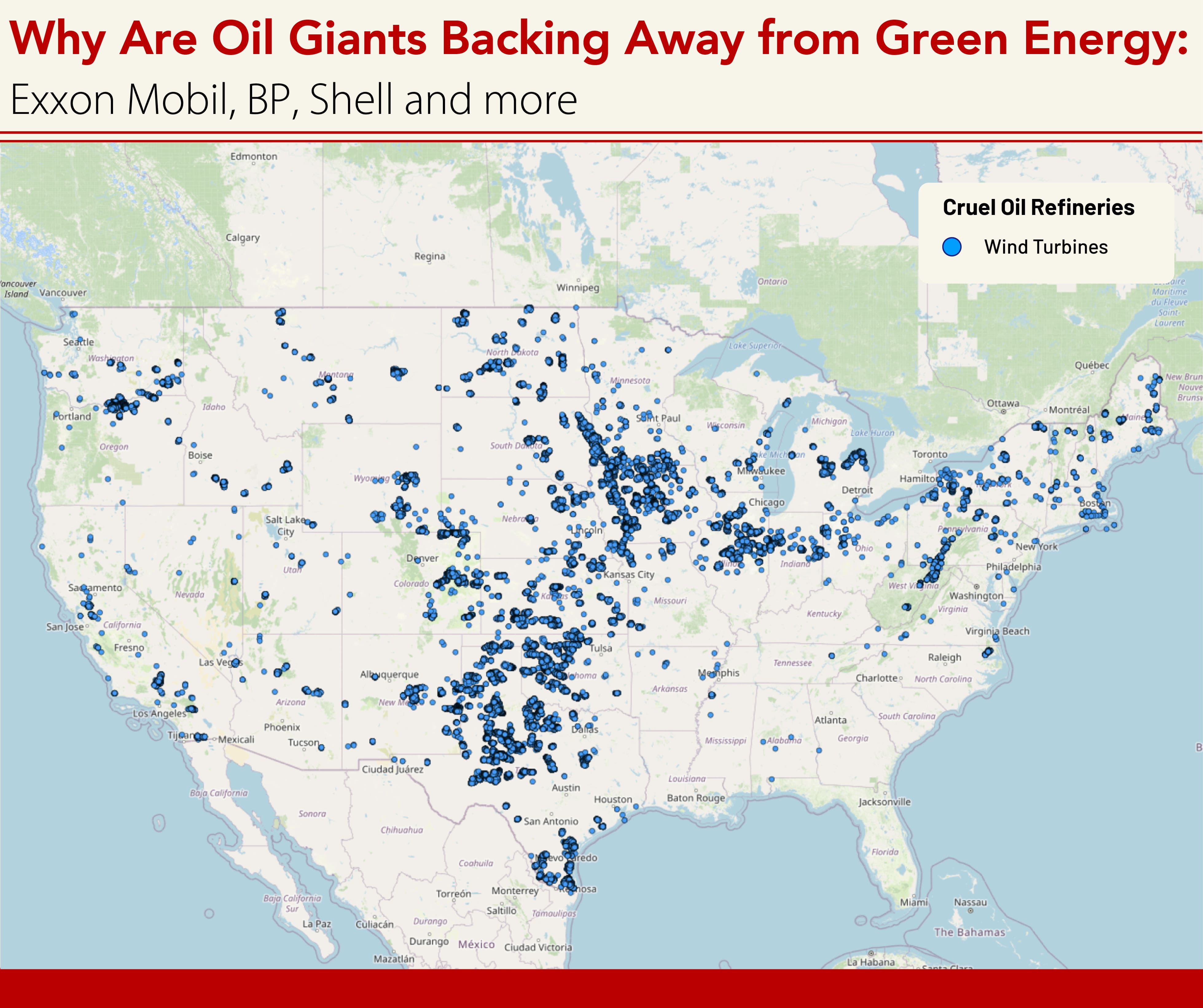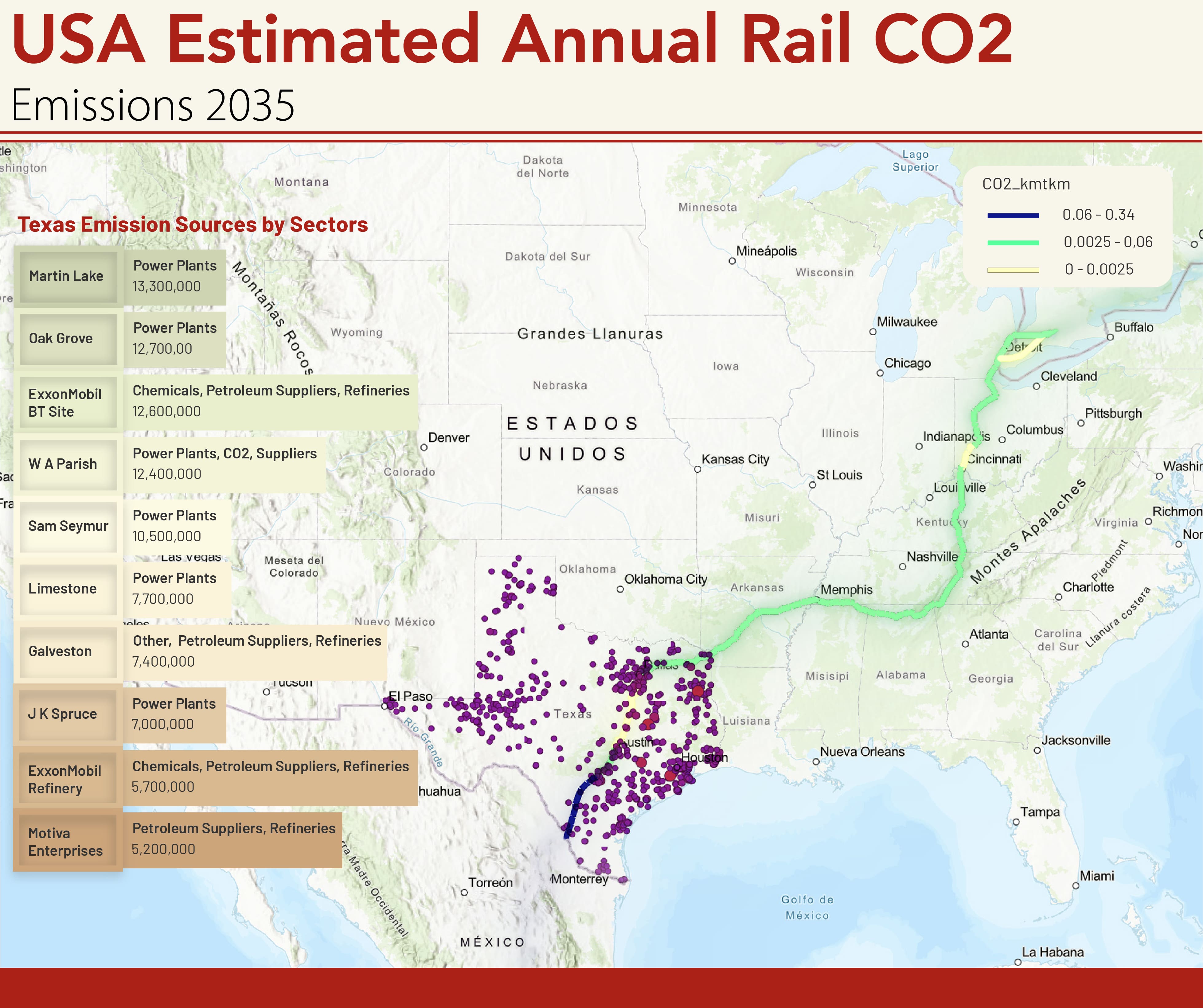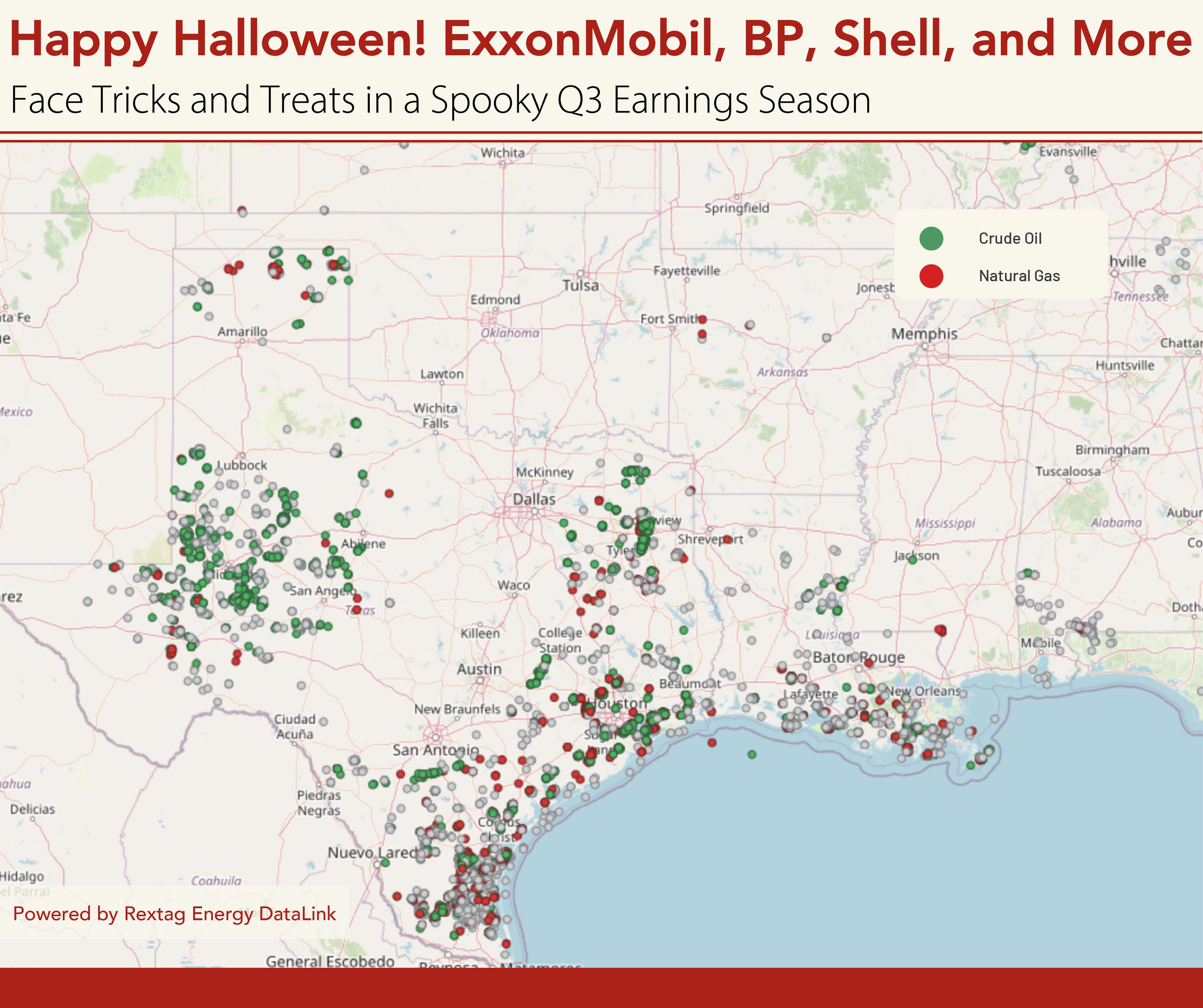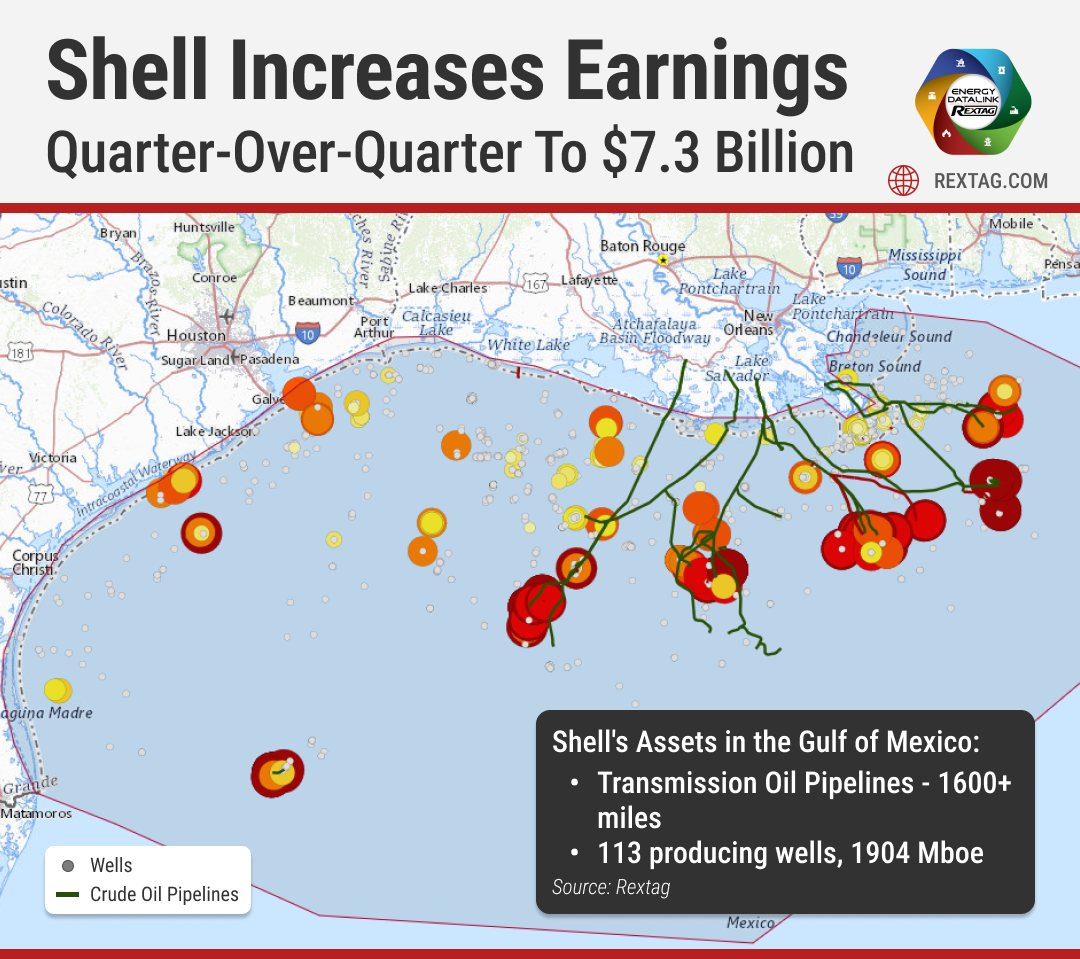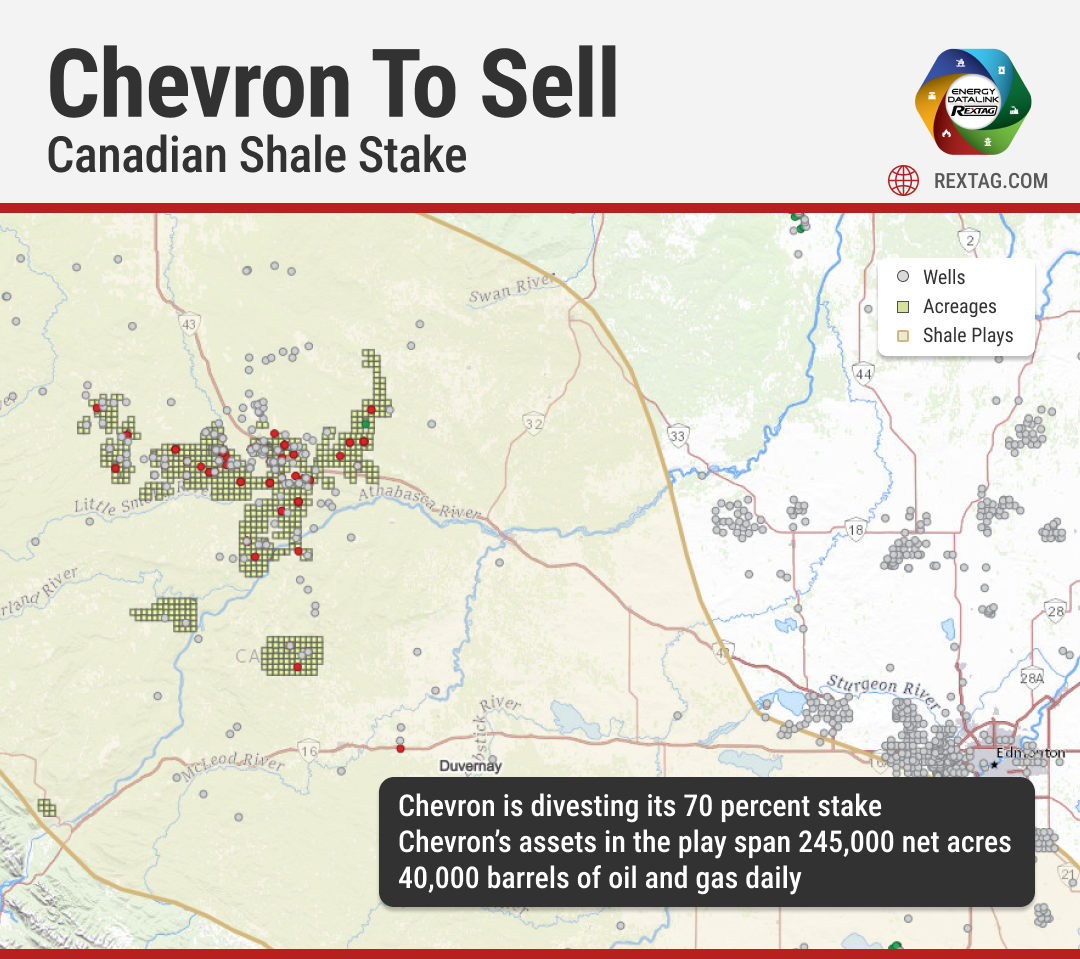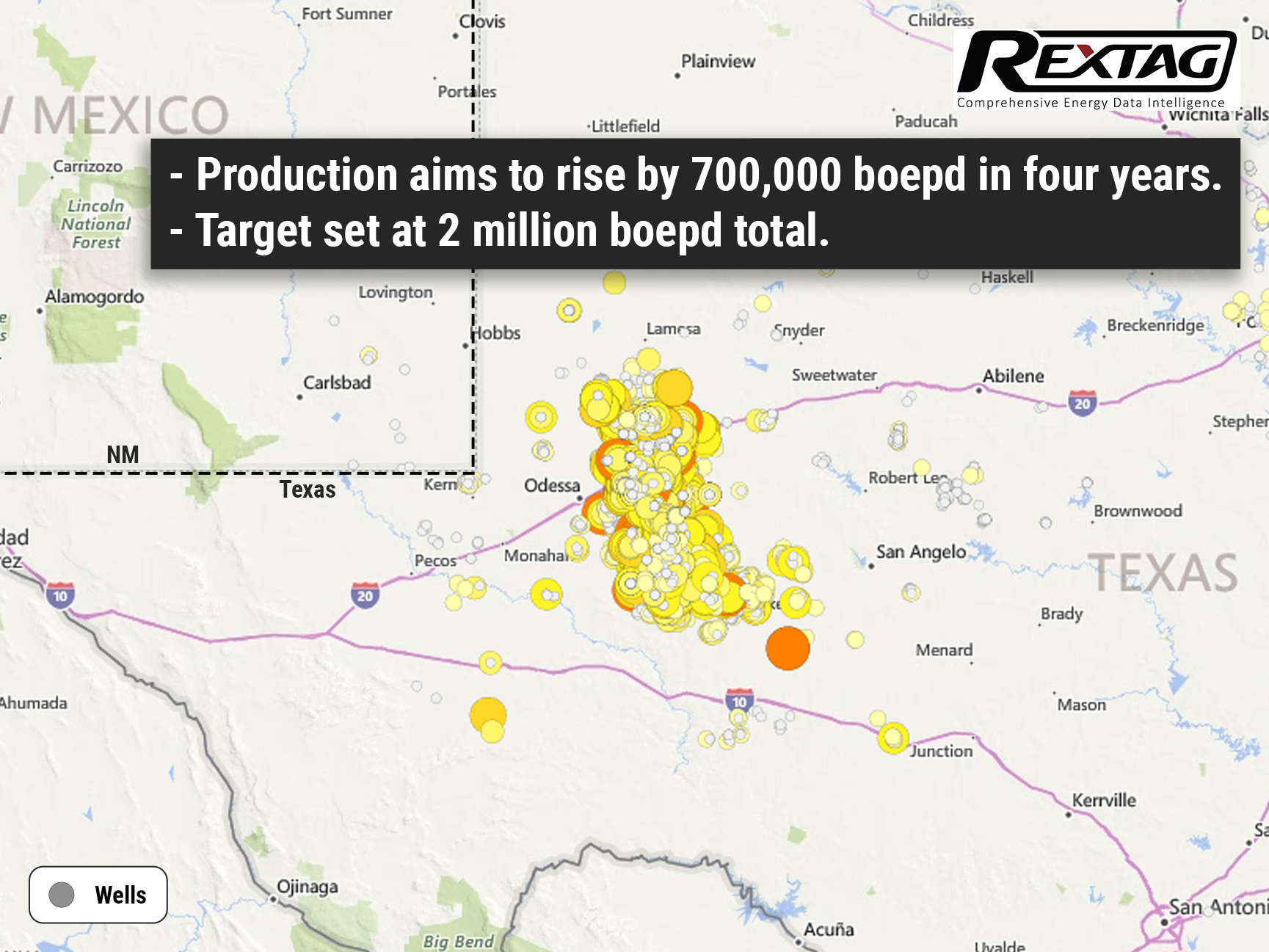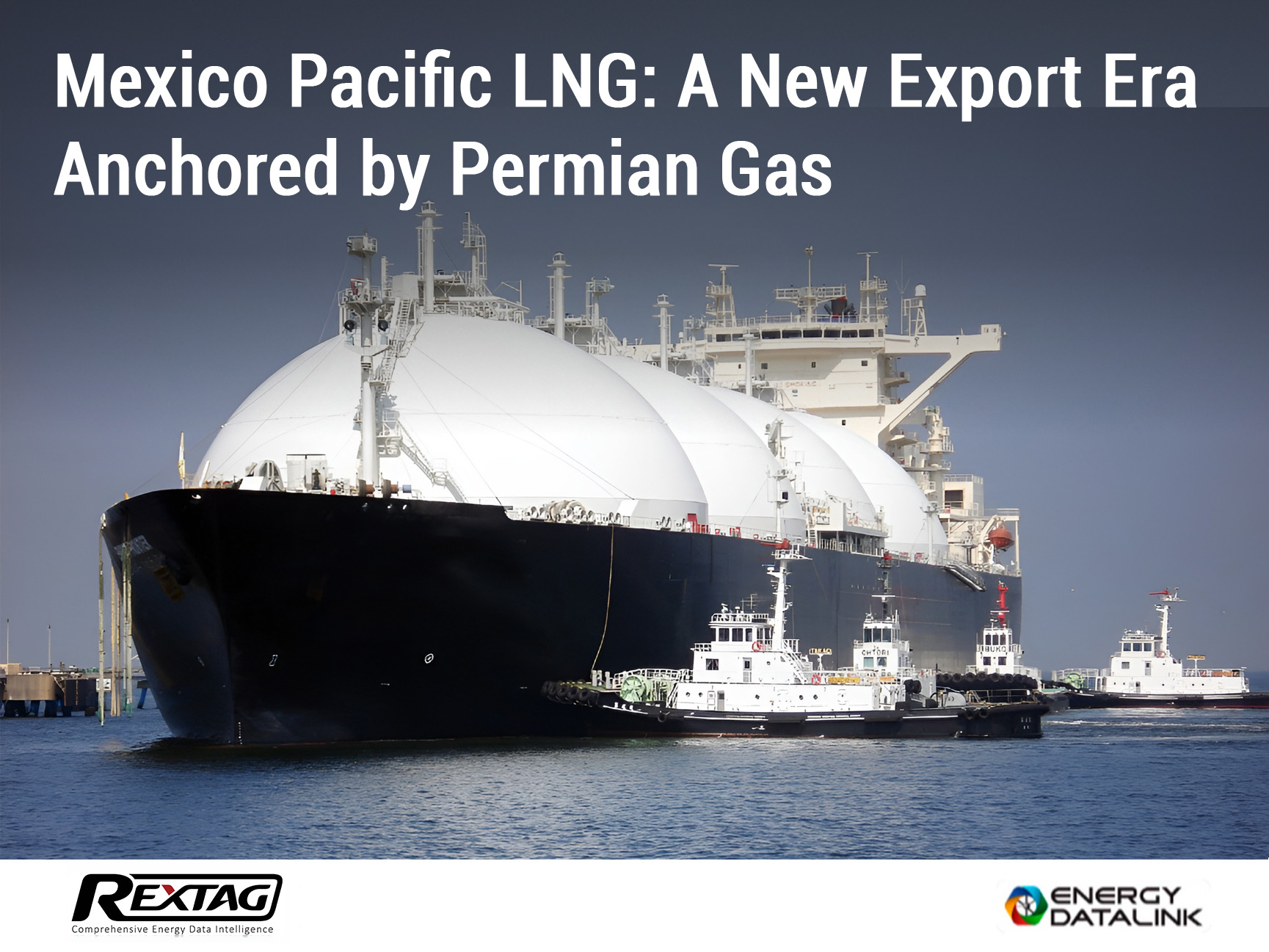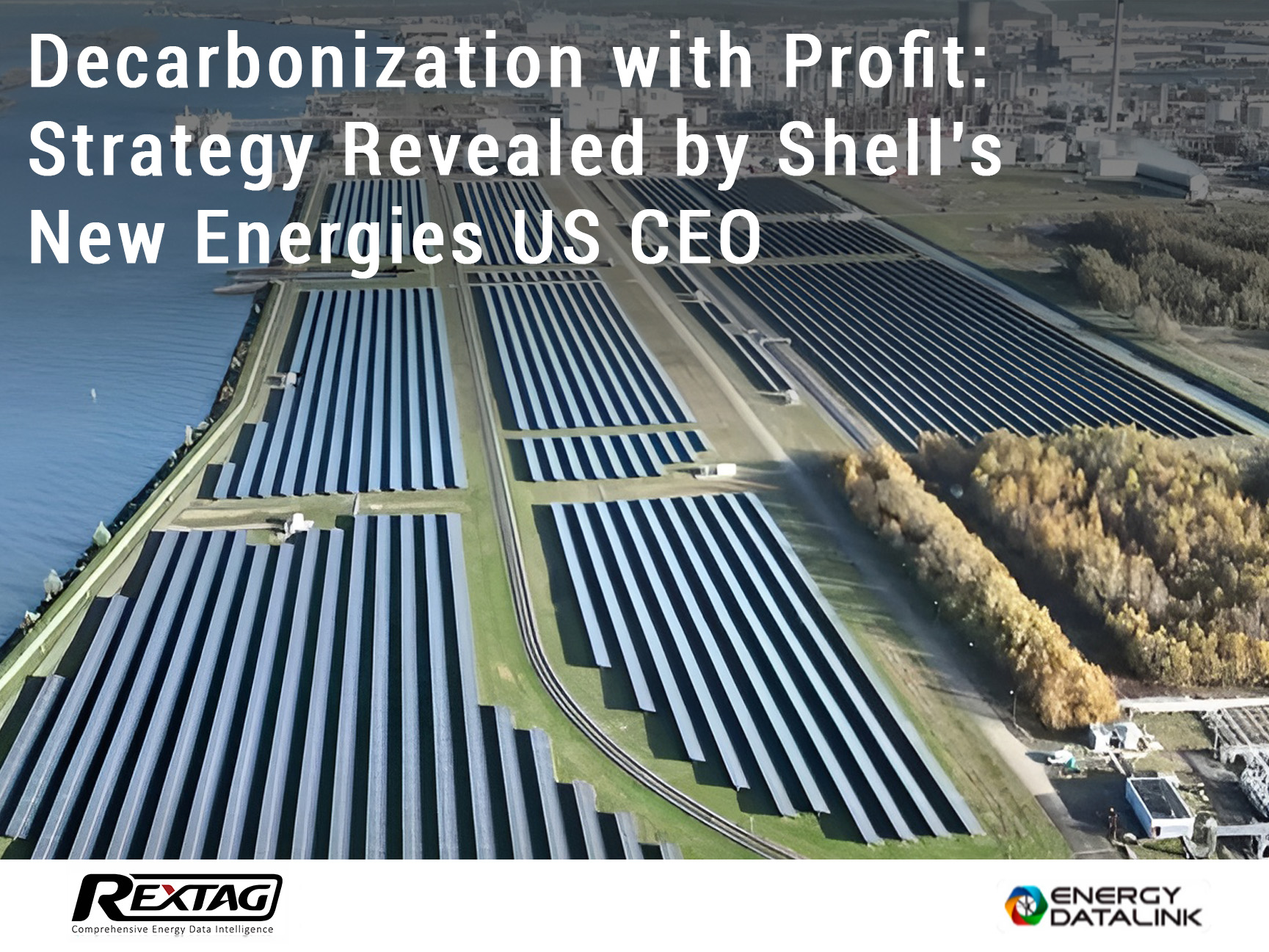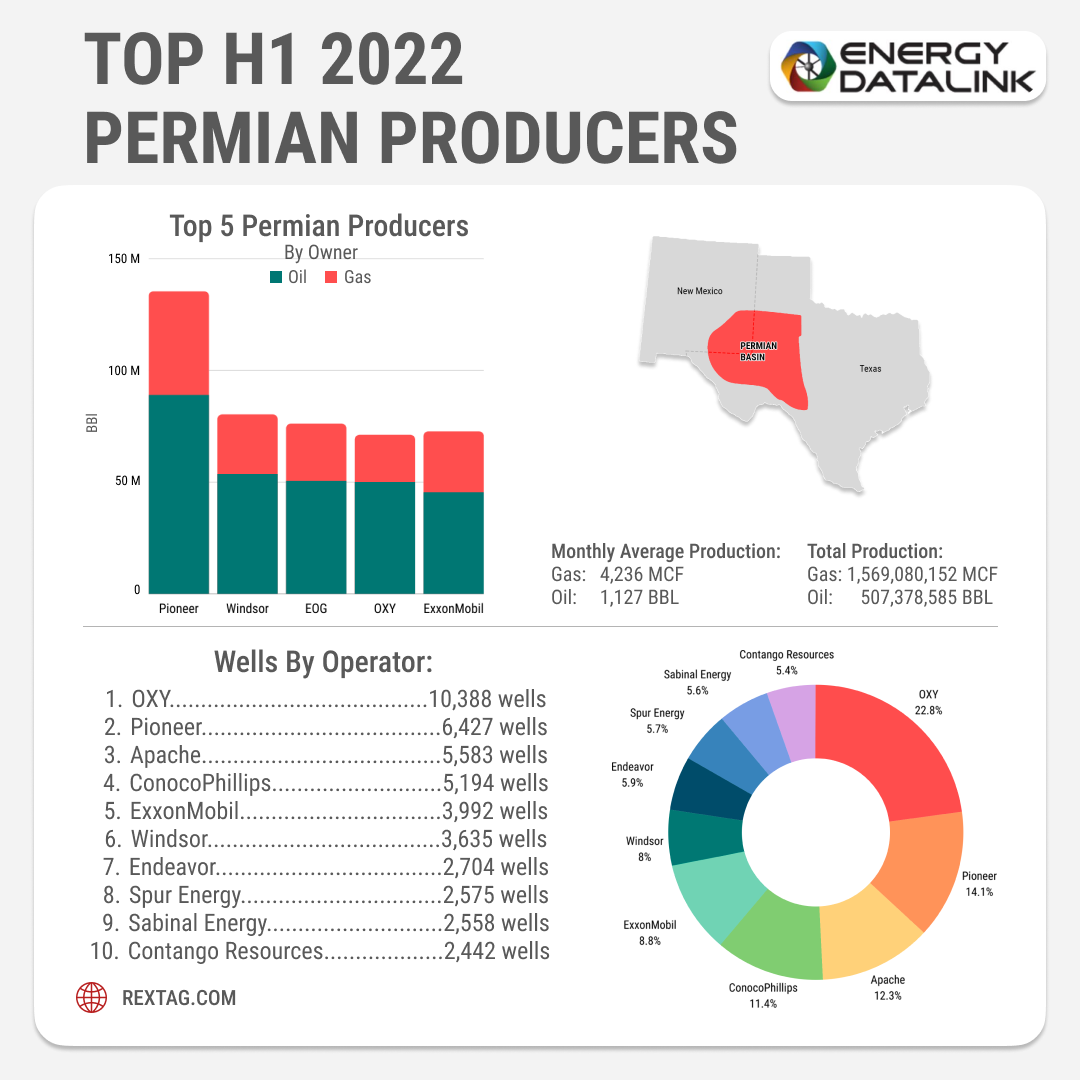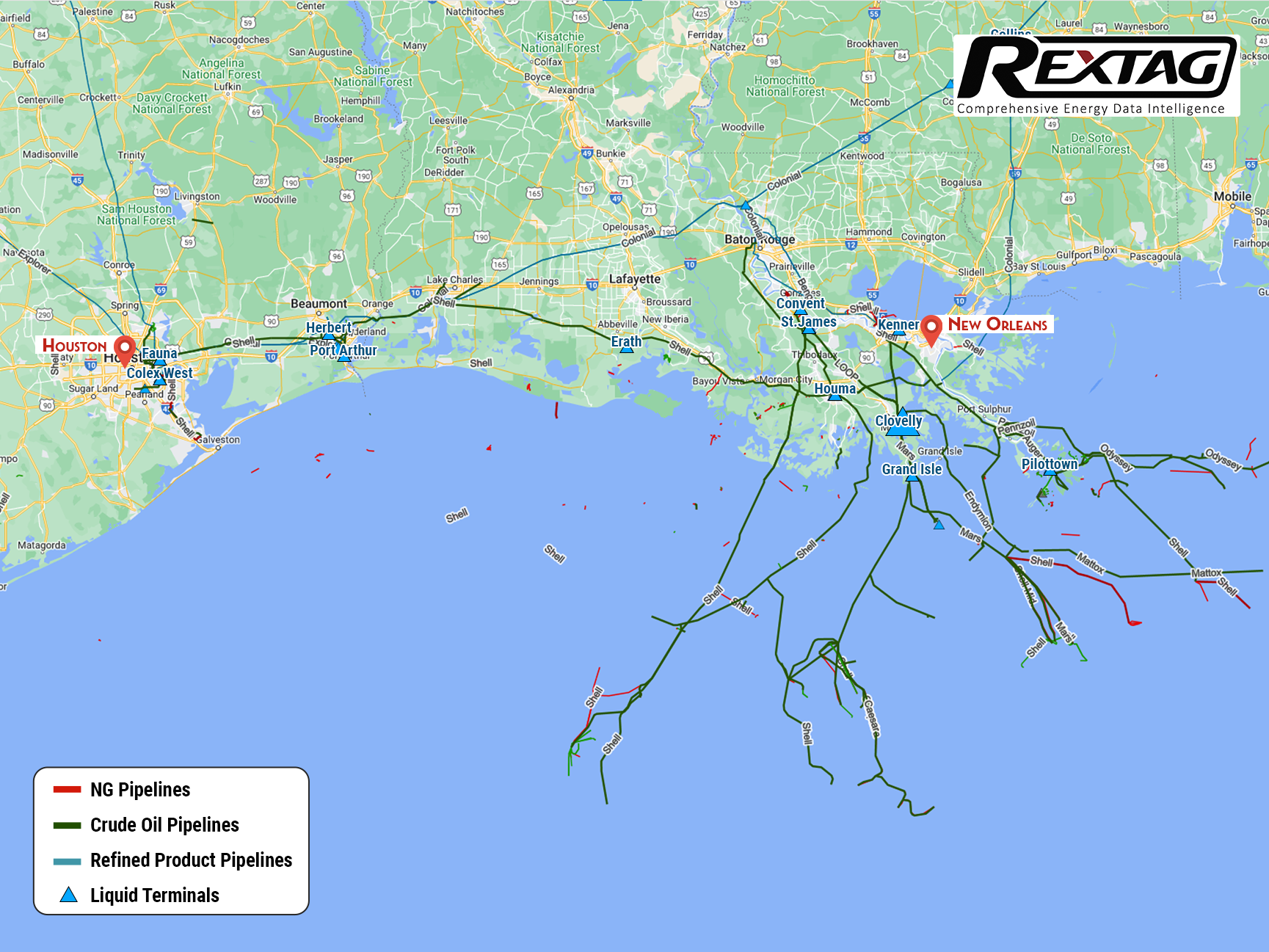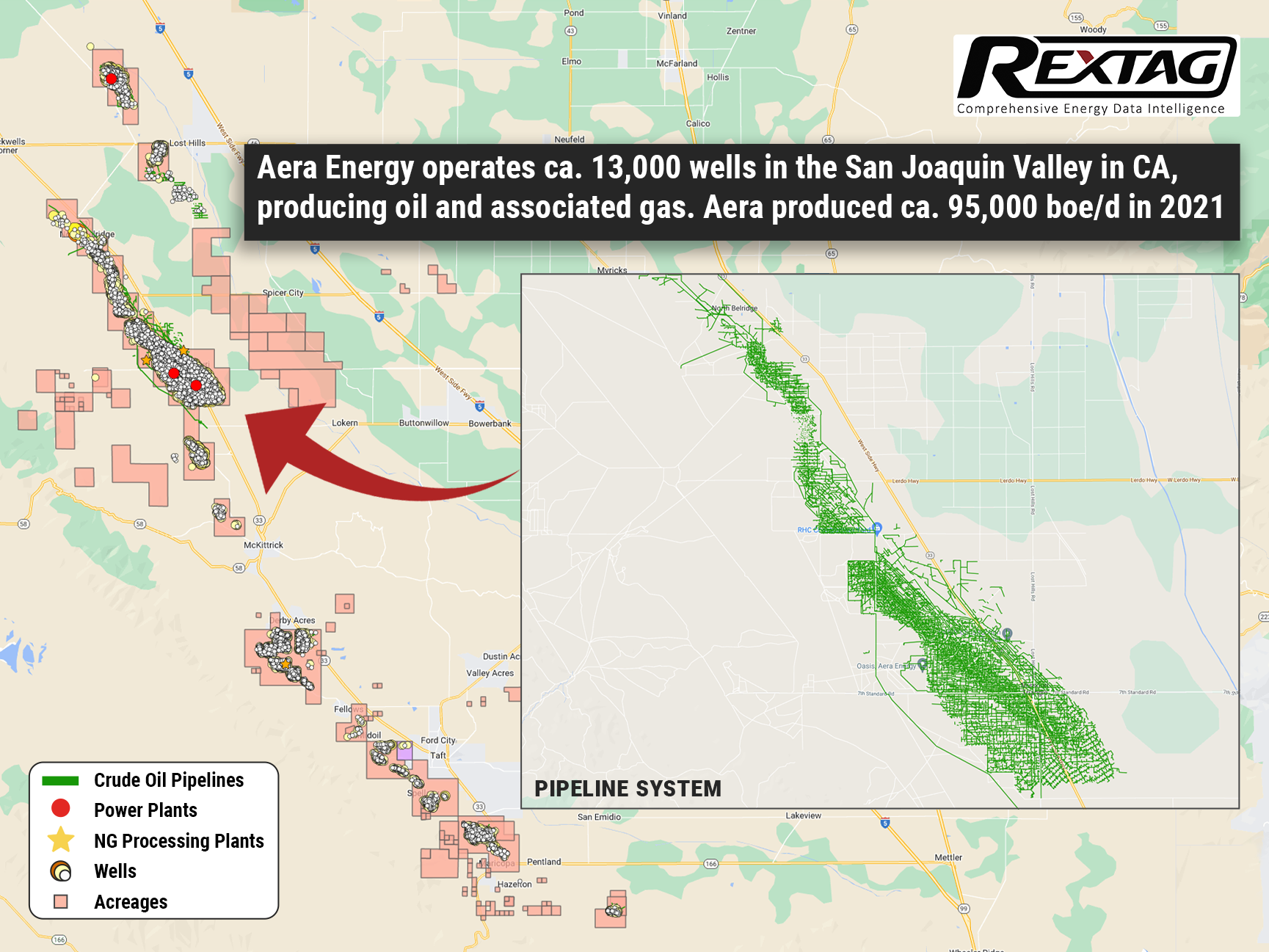Blog
Since days when shale oil and gas technologies were discovered, the U.S. energy industry has been evolving more rapidly than ever before. Many changes are amazing especially when you put them on an industry map. At Rextag not only do we keep you aware of major projects such as pipelines or LNG terminals placed in service. Even less significant news are still important to us, be it new wells drilled or processing plants put to regular maintenance.
Daily improvements often come unnoticed but you can still follow these together with us. Our main input is to “clip it” to the related map: map of crude oil refineries or that of natural gas compressor stations. Where do you get and follow your important industry news? Maybe you are subscribed to your favorite social media feeds or industry journals. Whatever your choice is, you are looking for the story. What happened? Who made it happen? WHY does this matter? (Remember, it is all about ‘What’s in It For Me’ (WIIFM) principle).
How Rextag blog helps? Here we are concerned with looking at things both CLOSELY and FROM A DISTANCE.
"Looking closely" means reflecting where exactly the object is located.
"From a distance" means helping you see a broader picture.
New power plant added in North-East? See exactly what kind of transmission lines approach it and where do they go. Are there other power plants around? GIS data do not come as a mere dot on a map. We collect so many additional data attributes: operator and owner records, physical parameters and production data. Sometimes you will be lucky to grab some specific area maps we share on our blog. Often, there is data behind it as well. Who are top midstream operators in Permian this year? What mileage falls to the share or Kinder Morgan in the San-Juan basin? Do you know? Do you want to know?
All right, then let us see WHERE things happen. Read this blog, capture the energy infrastructure mapped and stay aware with Rextag data!
Why Are Oil Giants Backing Away from Green Energy: Exxon Mobil, BP, Shell and more
As world leaders gather at the COP29 climate summit, a surprising trend is emerging: some of the biggest oil companies are scaling back their renewable energy efforts. Why? The answer is simple—profits. Fossil fuels deliver higher returns than renewables, reshaping priorities across the energy industry.
Gulf Oil Operators Chevron, BP, Equinor, Shell Brace as Tropical Storm Rafael Threatens Production
Oil companies across the Gulf of Mexico are springing into action as Tropical Storm Rafael bears down, marking yet another disruption in a storm-laden season. BP, Chevron, Equinor, and Shell are evacuating offshore staff and preparing for potential impacts on their platforms, an all-too-familiar ritual for Gulf operators this year.
Happy Halloween! ExxonMobil, BP, Shell, and More Face Tricks and Treats in a Spooky Q3 Earnings Season
As the leaves fall and we settle into Halloween’s cozy, pumpkin-spiced vibes, it’s not just the ghostly shadows creeping through the energy sector; major oil companies have reported mixed Q3 earnings, facing various challenges and surprises. While some players faced profit slumps reminiscent of a seasonal scare, others found treats hidden among their strategies and diversified portfolios. Here’s a look at how ExxonMobil, BP, CNOOC, Phillips 66, TotalEnergies, ConocoPhillips, and Shell fared in the last quarter.
TOP 3 Must-Watch Trends in Oil & Gas: Exxon Mobil, Shell, BP and ConocoPhillips
Last week, Exxon Mobil, Shell, BP, and ConocoPhillips all reported second-quarter earnings that exceeded analysts' expectations, while Chevron’s results fell short, largely due to challenges in its refining business. A significant portion of these multi-billion dollar earnings came from oil and gas production. The companies' executives have indicated that they plan to increase spending on new exploration projects moving forward. While this doesn't suggest that investors are ignoring climate goals at these major oil firms, it does show that they are focusing more on the profits generated from production.
Shell Rises Earnings to $7.3 Billion in Latest Quarter, LNG Sales Up
Shell PLC revealed it made a profit of US$28 billion for 2023, thanks to strong earnings from trading liquefied natural gas (LNG). The company saw its quarterly adjusted earnings rise to $7.3 billion in the fourth quarter, up from $6.2 billion in the third quarter of 2023. This financial success allowed the company to raise its dividend and continue buying back shares.
Exxon Mobil and Pioneer Merge in $60 Billion Deal to Dominate Shale Market
Exxon Mobil (XOM.N) has reached an agreement to acquire its domestic competitor, Pioneer Natural Resources (PXD.N). This all-stock transaction, which places a valuation of $59.5 billion on the deal, promises to establish Exxon as the preeminent producer in the U.S.'s most extensive oilfield. At a valuation of $253 per share, this merger brings together the prowess of Exxon, America's largest oil entity, with Pioneer, a standout performer that has risen to prominence during the shale boom.
Mexico Pacific LNG: A New Export Era Anchored by Permian Gas
Natural gas from the U.S. Permian Basin is set to be the primary source for Mexico's Pacific's Saguaro Energía LNG facility. Located in Puerto Libertad, Sonora, the Saguaro Energía LNG export facility will feature three processing trains. The site is primed for potential expansion with plans for three additional trains of similar capacity. Its strategic Pacific Coast location offers a 55% shorter shipping route to Asia, providing significant savings and reduced carbon emissions.
Decarbonization with Profit: Strategy Revealed by Shell's New Energies US CEO
Energy firms like Shell are facing the challenge of delivering cost-effective energy, reducing emissions, and enhancing shareholder value. Shell pursues its 2050 net-zero emission target, Wright highlighted the company's efforts to deliver greener energy solutions in line with increasing demand. This includes reconfiguring its energy and chemical facilities and earmarking between $10 billion to $15 billion for investment in low-carbon sectors by 2025.
Permian O&G Basin 2022 Review
The Permian Basin is one of the most important oil and gas basins in the world, located in western Texas and southeastern New Mexico in the United States. Oil drilling and production in the Permian Basin began in the early 1920s. The first significant discovery in the region was made in 1923 in the Westbrook field in Mitchell County, Texas. This discovery led to a boom in oil exploration and production in the area. By the 1930s, the Permian Basin had become one of the major oil-producing regions in the United States, and it continued to grow in importance throughout the 20th century.
Blockchain as a technology for smart contracts in O&G
The oil and gas industry has long relied on the recommendations of trusted experts to make key supply chain decisions. The growing popularity of Blockchain technology could significantly disrupt these relationships by providing an unbiased methodology for sourcing, tracking, and executing transactions on behalf of customers with transparent data sets across supply chain endpoints. Blockchain technology has already been used by many global companies in the last two years in various areas such as IoT (Internet of Things), smart contracts, and cryptocurrencies. It has enabled businesses to benefit from the inherent trust and transparency of the technology.
Shell's Midstream Assets in TX and LA (Gulf area)
On October 19, Shell USA completed the almost $1.96 billion acquisition of the master limited partnership. The company paid $15.85 in cash for every common unit representing limited partner interests in SHLX not held by Shell USA or its affiliates. A subsidiary of Shell USA has 269,457,304 SHLX common units or roughly 68.5% of SHLX common units.
Aera Energy Sold to IKAV Exxon&Shell Divest of CA Crude Producer
California oil joint venture, Aera Energy, of Exxon Mobil Corp. and ShellPlc is being sold to German asset manager IKAV, according to the agreement of Sept. 1. Shell noted that the sale of its 51.8% membership interest in Aera Energy is for a total consideration of about $2 billion in cash with additional contingent payments based on future oil prices, subject to regulatory approval. However, the total transaction value was not disclosed. Being one of California’s largest oil and gas producers, Aera Energy accounts for nearly 25% of the state’s production. The sale by Exxon Mobil and Shell ends a 25-year-long partnership in California, meanwhile, it persists a streak of divestments of mature oil and gas properties by the two supermajors. Aera Energy LLC operates about 13,000 wells in the San Joaquin Valley in California, producing oil and associated gas. In 2021, Aera took out about 95,000 boe/d. Exxon Mobil’s interests in the Aera oil-production operation in California contained a 48.2% share of Aera Energy LLC and a 50% share of Aera Energy Services Co. held by Mobil California Exploration & Producing Co. Moreover, Exxon Mobil affiliates have signed a separate agreement for the sale of an associated loading facility and pipeline system. The sale effectively ends Shell’s upstream position in California. The company reported that the divestiture is valued to result in a post-tax impairment of $300 million to $400 million, subject to adjustments.
